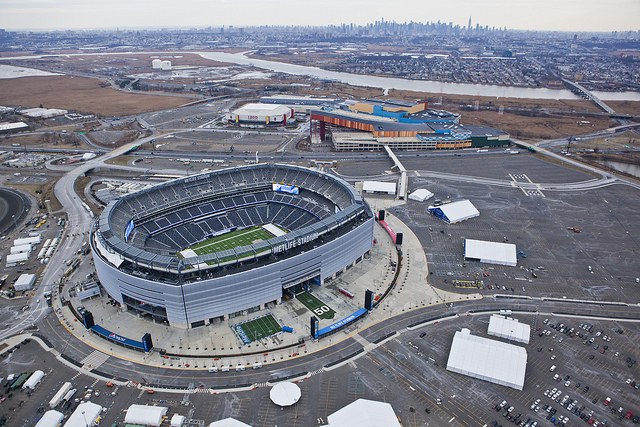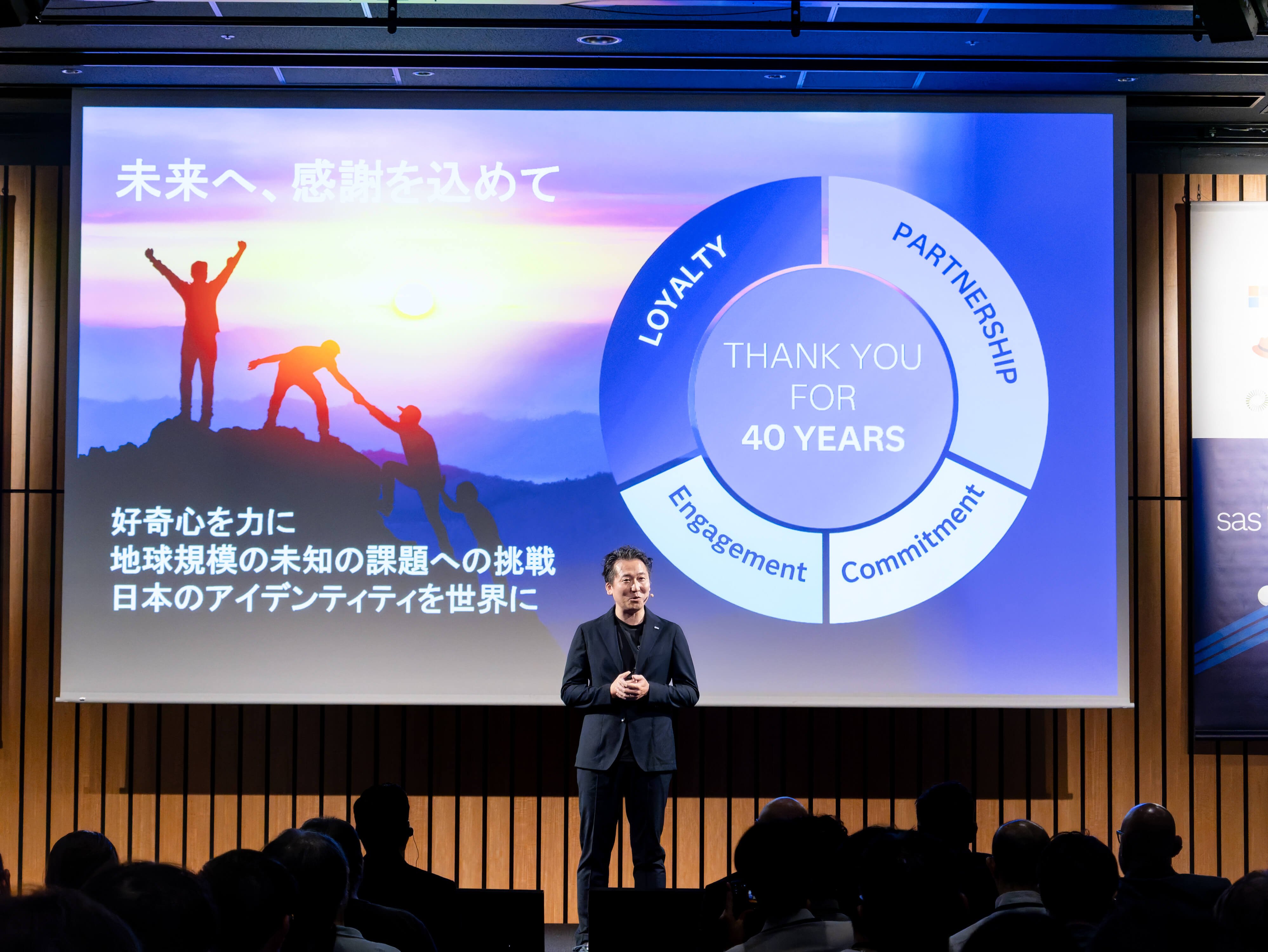
This year the Super Bowl will take place in East Rutherford, New Jersey at MetLife Stadium just outside New York City. For the first time in this event’s 48-year history, the game will take place outdoors in a cold-weather environment, potentially subjecting players and fans to sub-freezing temperatures. The fans in their excitement will find ways to not freeze, but will the local economy be “warmed” by the games? While the game itself will likely sell-out, the more long-lasting economic impact of the game is the effect, if any, on the local economy as result of the game.
Several economists at University of Maryland-Baltimore County have used historical information to estimate the marginal effect of the game on the local economy. They compile annual per capita income (a measure of local prosperity) for cities that host a playoff game for 1969 to 1997. They also record a number of potential confounding factors such as population growth, other economic drivers, and sports-related events. These other factors are necessary controls in order to separate the effect of the games from other spurious effects.
The model estimated in their paper is
where ![]() is an area-specific fixed effect and
is an area-specific fixed effect and ![]() is a time-specific fixed effect common to all areas. Economists are fans of specifying these area-specific effects as fixed effects (FE) rather than random effects (RE), which tends to be more popular among statisticians. While these differences seem subtle, the implications are large. This fixed effects strategy depends on an assumption regarding the correlation between the unobserved effect and the idiosyncratic error term. In a purely randomized experiment the individual-specific effect is, by construction, uncorrelated with the variable of interest. When using observational data, however, we cannot credibly make this assumption. Why? Well, can we randomly select cities to host playoff games and observe everything affecting the income of a city? No, of course not. We only get the data the world gives us and do the best we can. In this case, we observe cities that host playoff games, cities that do not, and what those cities look like before and after. It is from these observational data that we make inference. Economists economize everywhere. Even with statistics. So what do our fearless economists find?
is a time-specific fixed effect common to all areas. Economists are fans of specifying these area-specific effects as fixed effects (FE) rather than random effects (RE), which tends to be more popular among statisticians. While these differences seem subtle, the implications are large. This fixed effects strategy depends on an assumption regarding the correlation between the unobserved effect and the idiosyncratic error term. In a purely randomized experiment the individual-specific effect is, by construction, uncorrelated with the variable of interest. When using observational data, however, we cannot credibly make this assumption. Why? Well, can we randomly select cities to host playoff games and observe everything affecting the income of a city? No, of course not. We only get the data the world gives us and do the best we can. In this case, we observe cities that host playoff games, cities that do not, and what those cities look like before and after. It is from these observational data that we make inference. Economists economize everywhere. Even with statistics. So what do our fearless economists find?
Using the FE estimator they find an economically and statistically insignificant impact of a postseason game on the per capita income of an area, holding all else constant (this model can be estimated with the PANEL procedure in SAS/ETS ®). The only effect of the Super Bowl on income appears to be on the average income of the city whose team wins the game - the winning team’s city gets a positive income bump. The authors chalk this up to an unidentified productivity-enhancement, which in lay terms means the Denver or Seattle economy might have a positive economic boost in the near future.
From an economic perspective, the result of “no impact” for New York City (or any area) is not surprising. Economic activity requires available resources. Cities hosting games are likely to have only so many hotels and restaurants with which to host visitors. These resources are likely to be busy most of the year anyway. This is especially true of the New York City Metro area. Visitors for the "big game" likely dissuade other visitors who might otherwise visit the city. In essence, we have a “crowding out.”
One of New York City’s most beloved sports figures, Yogi Berra, sums up crowding out well when he says, “Nobody goes there anymore, it’s too crowded.”
So, while commercials, politicians and the media will likely portray Super Bowl 48 as a boon for the New York City economy, we can thank some clever econometrics for setting us straight.
*In fact, one can even test the validity of the fixed effect vs. random effect assumption by using a Hausman Test, which tests for systematic differences in the estimates. The authors test this assumption and soundly reject the use of random effects. This test is automatically calculated when the random effects estimator is employed in the PANEL procedure.
References:
Coates, D. and B. R. Humphreys. 2002. The Economic Impact of Postseason Play in Professional Sports. Journal of Sports Economics, 3(3): 291-299.
SAS Institute, The PANEL Procedure, SAS/ETS(R) 13.1, http://support.sas.com/documentation/cdl/en/etsug/66840/HTML/default/viewer.htm#etsug_panel_details40.htm
Image credit: photo by Anthony Quintano // attribution by creative commons






2 Comments
Pingback: Visualizing Superbowl Tweets with Text Analytics - The Text Frontier
Pingback: Denver Broncos Super Bowl Win Will Boost Colorado Real Estate!!